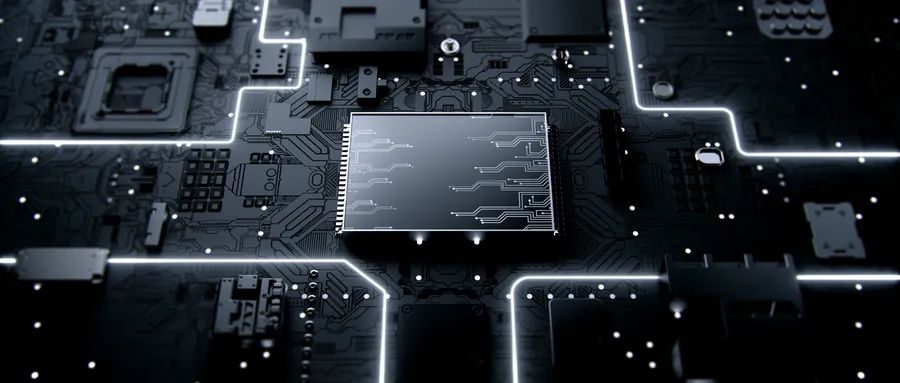Views: 0 Author: Site Editor Publish Time: 2024-11-13 Origin: Site












What is MEMS Pressure Sensor?
MEMS is the abbreviation of Micro Electro Mechanical Systems, that is, microelectromechanical systems. MEMS technology is hailed as one of the revolutionary high-techs in the 21st century and can be traced back to the 1950s.
Microelectromechanical Systems (MEMS) technology refers to the technology of designing, manufacturing, measuring and controlling micron/nanometer materials.
The MEMS pressure sensor is a pressure sensor manufactured by the manufacturing process that combines microelectronics technology and micromachining technology (including silicon bulk micromachining, silicon surface micromachining, bonding and other technologies). The MEMS pressure sensor exhibits excellent performance in various aspects such as size, accuracy, and response speed.
Classification of MEMS Pressure Sensors
Based on different working principles, MEMS pressure sensors based on silicon materials can be divided into three categories: silicon piezoresistive type, silicon capacitive type and silicon resonant type.
Silicon Piezoresistive Pressure Sensors
The piezoresistive effect refers to the phenomenon that when a semiconductor material is subjected to stress, it causes changes in the energy band, the energy shift of the valleys, and thus changes the resistivity of the semiconductor resistance.
The piezoresistive pressure sensor is a pressure sensor designed by utilizing the piezoresistive effect. It features small size, high sensitivity and rapid response. However, its manufacturing process is complex and it is easily affected by temperature and vibration, thus requiring temperature compensation.
Silicon Capacitive Pressure Sensors
The silicon capacitive pressure sensor is a type of pressure sensor that uses silicon materials as sensing elements and converts the changes of the measured quantity into changes of capacitance.
It generally employs a circular metal film or a metal-plated film as one electrode of the capacitor. When the film deforms under the influence of pressure, the capacitance formed between the film and the fixed electrode changes. Through the measuring circuit, an electrical signal that has a certain relationship with the voltage can be output.
The advantages of this type of sensor include high sensitivity, good stability, and a wide linear range. However, its disadvantages are relatively high cost and being easily affected by temperature and humidity.
Silicon Resonant Pressure Sensors
The silicon resonant pressure sensor is a type of pressure sensor that, based on the principle that the change in external pressure on the silicon material causes the change in the resonant frequency of the resonator, converts the change in the measured pressure into the change in the resonant frequency.
The silicon resonant pressure sensor features high precision, high resolution, high anti-interference ability, being suitable for long-distance transmission, and being able to be directly connected to digital devices. However, it has a long production cycle, high cost, and the output frequency and the measured quantity are often in a nonlinear relationship.
The sensitive element of a MEMS piezoresistive pressure sensor consists of a sensitive chip and a supporting substrate. The initial characteristic parameters of the sensitive element solidify multiple key parameter indicators of the sensor and are the core of the sensor.
The silicon piezoresistive pressure - sensitive chip is a sensitive chip in which the sensitive element and the conversion element are integrated on the same single - crystal silicon substrate. The sensitive element for sensing pressure is an elastic silicon planar diaphragm with a sealed and fixed periphery. The silicon material on the back of the diaphragm is removed to form an inverted quadrangular - pyramid - shaped cavity. The silicon elastic diaphragms with different thicknesses determine different pressure measurement ranges, sensitivities, and overload capabilities.
In order to optimize the strength of the supporting sidewalls around the diaphragm, the isolation of the rigid packaging stress, and the electrical insulation performance of the chip substrate, the silicon substrate of the chip should be laminated on a thick glass substrate with matching thermal expansion characteristics. After lamination, the chips with the cavity communicating with the ambient atmospheric pressure can be used for gauge pressure measurement, while the chips with the cavity isolated from the ambient atmospheric pressure can be used for absolute pressure measurement.
The diffused silicon piezoresistive resistors that convert the sensed measured pressure into electrical signals are located on the upper surface layer of the flat diaphragm. The conventional design is to place the piezoresistive resistors near the edge or the center of the flat diaphragm. When the flat diaphragm deforms under the action of the measured pressure, under the premise of small deflection of the diaphragm (the maximum deflection at the center of the diaphragm is far less than 500 microstrains), by utilizing the change in piezoresistive resistivity, an electrical signal that changes linearly with the deflection of the diaphragm, that is, with the change in pressure, is output.
To optimize the measurement performance of the sensitive chip, the four piezoresistive sensitive resistors are arranged on the plane to form a Wheatstone bridge. When the measured pressure is applied, the resistance of one pair of opposite arms increases, while the resistance of the other pair of opposite arms decreases, making the unbalanced voltage output of the Wheatstone bridge change linearly with the measured pressure.
Applications of MEMS Pressure Sensors
MEMS pressure sensors are widely used in various industries and fields, such as aerospace, navigation, petrochemical industry, mechanical manufacturing and automation, water conservancy and hydropower, industrial gases, biomedical engineering, meteorology, geology, earthquake measurement and so on.